When I wandered the paths of Dorset’s Jurassic Coast, I stumbled into a world of dramatic cliffs, rolling green hills, and beaches littered with ancient fossils.
This place isn’t just about its 95-mile fossil-rich shoreline—it’s got gorgeous countryside and a literary legacy tied to Thomas Hardy.
My holiday turned into a mix of fossil hunting on the shore and wandering through peaceful hills that inspired some classic English novels.
Every beach and hill felt different. I’d go from dramatic rocks like Durdle Door to tiny, sleepy villages tucked away in nature.
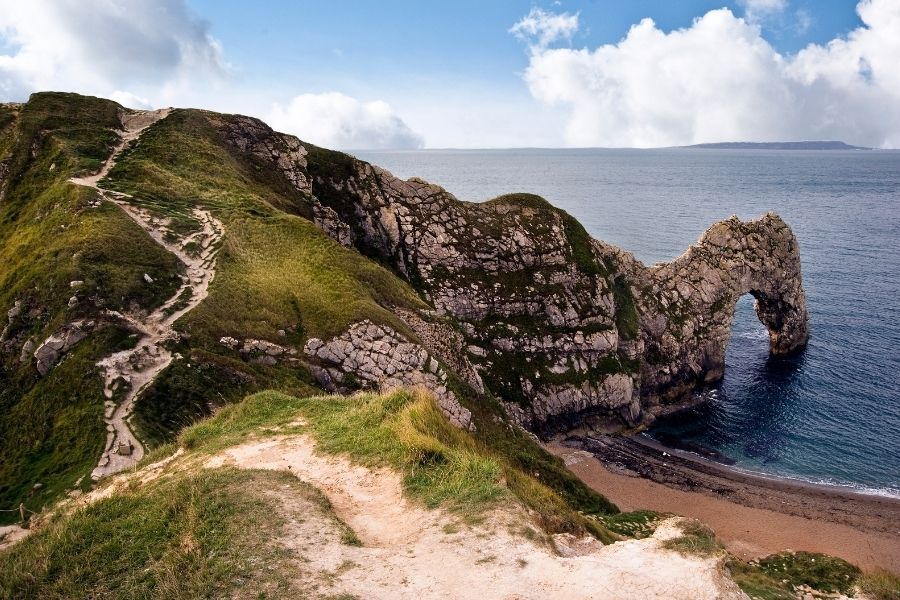
Honestly, the landscapes looked just like the ones Hardy wrote about. Sometimes it felt as if I’d stepped straight into his stories.
History and natural wonder seemed to pop up everywhere I turned. Dorset is perfect if you love exploring outdoors and soaking up a bit of literary magic at the same time.
Exploring Dorset’s Jurassic Coast
As I walked along the Dorset coast, I saw a landscape shaped by millions of years. Cliffs, wild rock formations, and famous landmarks lined the way, each one with its own story and a vibe that made me want to see more.
UNESCO World Heritage Site Status
The Jurassic Coast is a UNESCO World Heritage Site—and for good reason. It stretches 95 miles, from Old Harry Rocks in Dorset all the way to Exmouth in East Devon.
This coast covers rocks from the Triassic, Jurassic, and Cretaceous periods—so, over 185 million years of Earth’s history is on display here.
I found out the site got its status because you can literally see prehistoric life in the cliffs and fossils scattered along the beaches. Scientists say it’s one of the most important places on the planet for understanding how landscapes and life evolved.
As I walked, I noticed signs explaining the history and reminders to hunt fossils responsibly. Visitor centers around here offer family-friendly activities and guided walks that make the science come alive.
Iconic Landmarks along the Coast
Some spots along the coast just demand attention. Old Harry Rocks mark the eastern edge, with those bright white chalk stacks reaching out into the sea.
You can get right up close on a gentle walk from Studland, and the views over Purbeck’s coastline are something else.
Out west, I climbed up to Golden Cap, which is the highest point on England’s south coast. The climb’s not too tough, and the views—well, they’re worth every step.
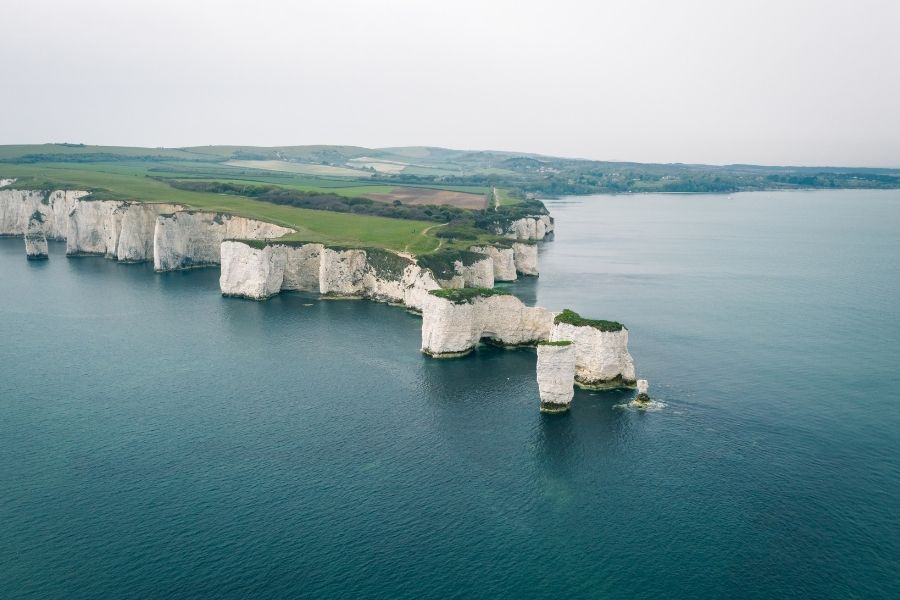
And then there’s the natural limestone arch at Durdle Door. It’s become a symbol of the Jurassic Coast and frames the sea in a way that’s almost too perfect.
Pebble beaches nearby attract everyone from families to solo travelers. Each of these places gives the coast its unique character.
Dramatic Cliffs and Rock Formations
The cliffs here are both stunning and a bit intimidating. The white cliffs near Old Harry Rocks stand out against the darker, layered rocks further west.
Most cliffs are made of limestone, sandstone, or clay, and each layer tells a story from a different era.
The coastline is full of wild shapes—stacks, arches, crumbling ledges. When I hiked up the South West Coast Path, I could see how wind and waves have been sculpting this place forever.
I’d often pause to watch fossil hunters combing the shoreline. The rock faces sometimes reveal ammonites, belemnites, even the occasional dinosaur footprint if you’re lucky.
Panoramic Views and Natural Wonders
The South West Coast Path has some of the best views in southern England, hands down. I used a navigation app to keep on track, which made it easy to find high lookouts and quiet coves.
Every stop brought a new angle—cliffs plunging into turquoise water, green hills dotted with wildflowers.
On clear days, I could spot the Isle of Portland beyond Chesil Beach. I also soaked in the endless horizon at Golden Cap and the steep headlands near Lulworth Cove.
Walking these trails, I really felt the ancient, ever-changing spirit of the Jurassic Coast. The shifting light, the crash of waves, the sense of deep time—these moments stuck with me.
Fossil Beaches and Prehistoric Discoveries
Dorset’s Jurassic Coast is world-famous for fossils, ancient cliffs, and top-notch fossil hunting.
I spent time on local beaches and in museums, chasing stories of geology and the people who made big prehistoric finds here.
Fossil Hunting Hotspots
There are loads of places to hunt for fossils along the coast. Charmouth Beach is a favorite for easy finds.
I joined a guided walk from the Charmouth Heritage Coast Centre, where the staff showed me how to spot ammonites and belemnites.
Lyme Regis is another classic spot—after winter storms, pebbly beaches here often reveal fossilized sea creatures.
Kimmeridge Bay is great too, especially for fossilized shells and ancient marine reptiles.

I always checked tide times and steered clear of unstable cliffs. Each beach seems to have its own “signature” fossils, and it’s important to only collect what’s allowed and avoid harming the site.
Mary Anning and Lyme Regis
In Lyme Regis, I followed the story of Mary Anning, the legendary fossil hunter.
She grew up here and, as a child in the early 1800s, found the first complete ichthyosaur skeleton.
Her discoveries changed how people saw prehistoric life and put Lyme Regis on the world map for fossils.
The narrow streets and rocky beaches still echo her legacy.
The Lyme Regis Museum really brought her story to life for me. It’s built on the site of her old home and packed with displays about her work, including fossils she and others found on these shores.
Museums and Education Centers
I wanted to dig deeper, so I visited local museums and education centers. The Charmouth Heritage Coast Centre stood out.
Staff lead regular fossil walks and have hands-on displays about the area’s geological history and the fossils you can find on the beaches.
The Lyme Regis Museum mixes local history with science, focusing on Mary Anning and the region’s fossil record. I got to see rare ammonites, ichthyosaurs, and other marine reptiles up close.
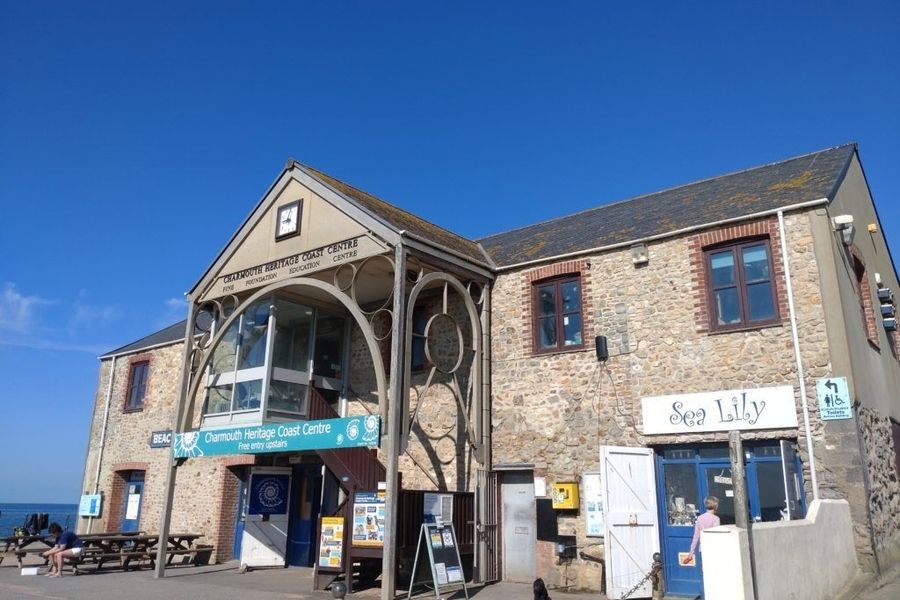
Other centers around Dorset explain why the region’s geology is so important. They show how rock layers reveal the Mesozoic era, making it clear why the Jurassic Coast is such a big deal. These places are perfect for curious kids or adults who want to get into natural history.
Rolling Hills and Dorset’s Countryside
Dorset’s countryside is a blend of dramatic hills, open farmland, and quiet wooded valleys.
I found tiny villages tucked between the hills, and the views—well, they stretch forever, shaped by centuries of farming and tradition.
Hiking and Walking Trails
There’s no shortage of trails winding through Dorset’s hills and fields. Eggardon Hill was my starting point—steep slopes and wide views over the patchwork landscape.
On a clear day, I could see all the way to Golden Cap.
The Holloways Trail near Symondsbury quickly became a favorite. It’s a 2.4-mile route through sunken lanes, suddenly opening up to Jurassic Coast views and villages below.
I also walked parts of the South West Coast Path, where farmland runs right up to limestone cliffs.
Near Maiden Castle, I stumbled across ancient earthworks. Every walk here connected me with the past and the gentler side of South West England.
Favorite Trails:
- Eggardon Hill
- Holloways Trail
- South West Coast Path (around Golden Cap)
- Footpaths near Maiden Castle
Nature Reserves and Wildlife
Dorset’s nature reserves protect some rare wildlife and habitats. At Durlston Country Park, wildflowers filled the meadows and seabirds crowded the cliffs.
The sound of the sea mixed with bird calls as I followed coastal trails through the reserve.
Studland Bay offered a totally different vibe. Sand dunes, heathland, and marshes stretched inland.
I spotted dragonflies over the pools and caught sight of deer at dawn.
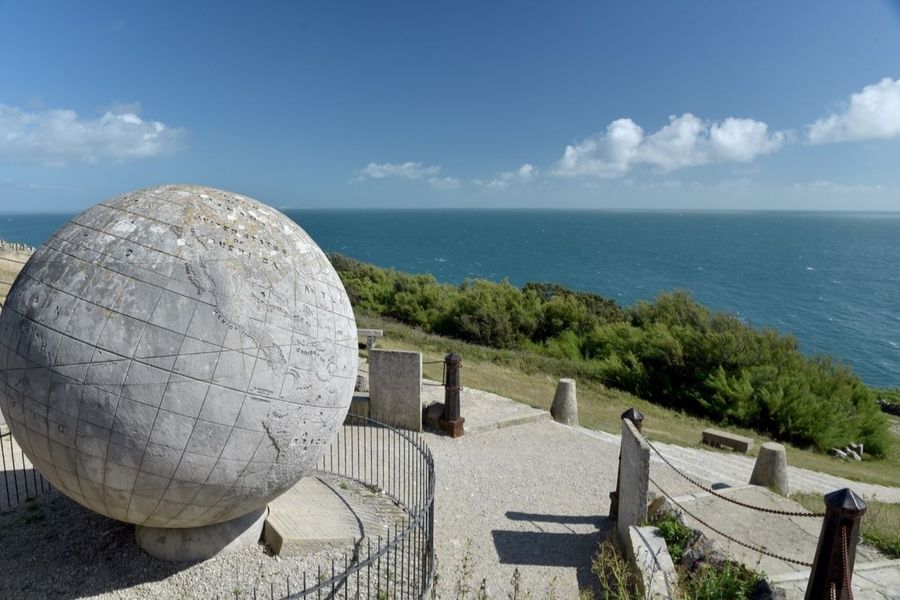
Many reserves are famous for butterflies and orchids. Springtime brings cowslips and bluebells to the woods.
Each spot feels unique, with clear paths and helpful signs. I loved how easy it was to slip from quiet countryside into wild spaces, especially along Dorset’s Jurassic Coast.
Literary Landscapes: Following in Hardy’s Footsteps
Dorset isn’t just about scenery—it’s a place where literature and landscape blend together. Thomas Hardy’s novels brought this region to life, mixing real places with stories of rural life and deep-rooted culture.
Thomas Hardy’s Dorset
I spent time in Dorchester, a lively market town and Hardy’s birthplace. It inspired “Casterbridge” in his novels and still has landmarks from his life, like his childhood cottage and Max Gate, the house he designed.
Shaftesbury, with its cobbled streets, offered sweeping views over the hills. In every village, I spotted traces of Hardy’s world.
Old inns, quiet churches, and local traditions felt unchanged since he wrote about them. Hardy’s Dorset felt like living history, with folklore and real events blending together.
Walking the Hardy Way took me through heathlands, green valleys, and tiny hamlets. I passed places that inspired his famous scenes.
Stories about rural families and old customs surfaced in the details of each path and field.
Wessex and Literary Significance
Hardy called this area “Wessex,” borrowing the name from the ancient Anglo-Saxon kingdom.
He turned a chunk of southwest England into a fictional region, mixing history with his own imagination.
Wessex covers Dorset and spills into neighboring counties in his stories.
In Hardy’s books, the land is as important as any character. The setting shapes lives and choices. Towns, farms, and forests become characters too, in their own way.
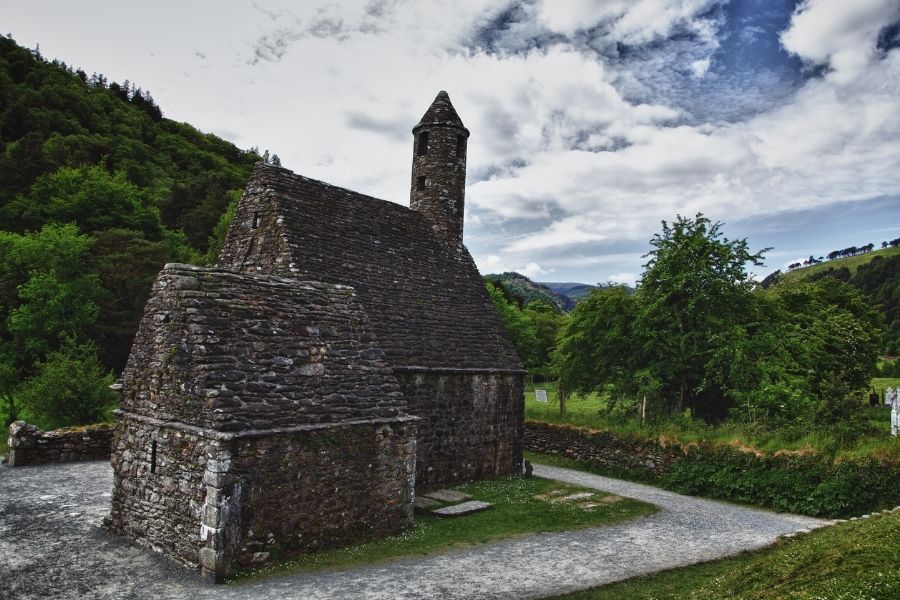
Traveling through Wessex, I saw how local traditions and festivals still shape daily life. I met people whose families have lived here for generations, keeping history and stories alive.
Every place I visited added a new layer to Hardy’s world.
Sites from ‘Far from the Madding Crowd’
“Far from the Madding Crowd” is set in and around Weatherbury, based on the real town of Puddletown.
I walked through places that inspired Hardy’s setting, seeing stone cottages and rolling farmland just like he described.
Notable locations:
- Marnhull: Hardy’s “Marlott.” The village church and fields appear in his stories.
- Dorchester (Casterbridge): The market, courthouses, and historic buildings featured in his novels.
- Woodsford Castle: Said to have inspired one of the homes in the book.
I followed paths through open countryside, finding landscapes that haven’t changed much since Hardy’s day.
Scenes from the novel—sheep grazing, old farm gates, village greens—felt real as I stood there. These places made the novel’s events and characters feel close and vivid.
Coastal Towns, Activities, and Local Experiences
On my journey along Dorset’s Jurassic Coast, I ran into a mix of lively seaside towns, outdoor adventures, good food, and friendly markets.
From open-water swims to wandering historic streets and sampling the freshest seafood, every stop added a new flavor to the trip.
Family-Friendly and Watersports Attractions
Weymouth really stands out for its long sweep of sandy beach and shallow water—ideal for families. Kids love the simple stuff here: sandcastle building, paddling in the surf, and catching the classic Punch and Judy show. I spotted plenty of families renting those bright beach huts for the day.
If you’re into water sports, there’s loads to try. Kayaking, paddleboarding, and windsurfing are all popular, especially around Studland Bay and Swanage. Some beaches offer surfing lessons. Over at West Bay, you can hunt for fossils or just enjoy old-school amusements.
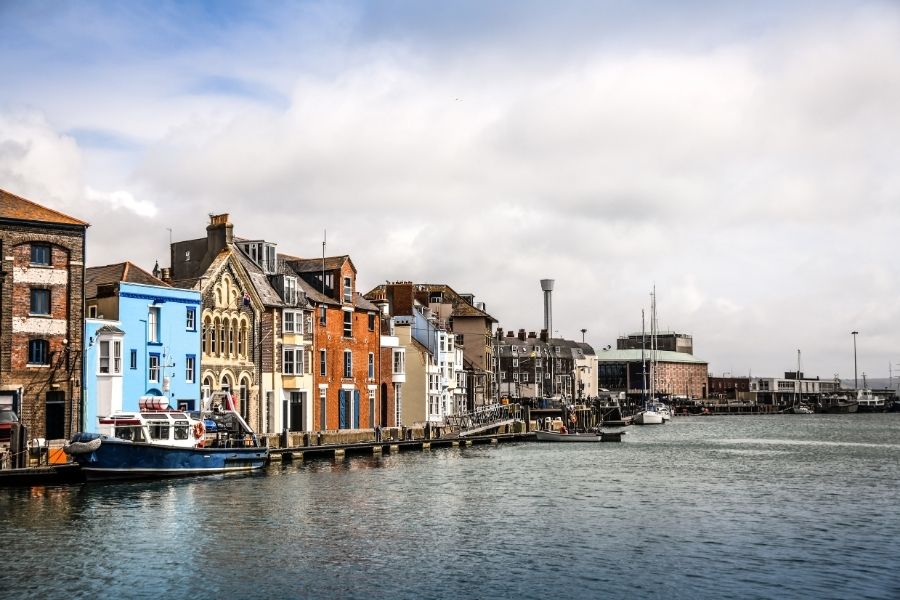
The Isle of Portland buzzes with divers gearing up for underwater adventures. I chatted with a few groups heading out to explore shipwrecks and reefs. All along the coast, boat tours take families out to spot puffins and seals—always a hit with kids.
Seafood and Food Festivals
Honestly, eating fish and chips on the Swanage promenade became one of my favorite moments. Most seaside towns serve up a mix of classic takeaways and fancier seafood spots. I found places dishing out fresh crab, oysters, and mackerel straight from the sea.
Dorset’s coastline loves a good food festival. Weymouth Seafood Festival, for example, draws crowds with local catches, chef demos, and food stalls selling everything from grilled lobster to mussels. I grabbed quick bites from street food stands, but sometimes I craved a cozy meal at a family-run spot in West Bay.
These festivals usually kick off in summer and really bring everyone together. Besides seafood, I stumbled on craft stalls, live bands, and activities for kids. The vibe? Welcoming and lively—never too formal.
Market Towns of Dorset
Once I left the coast, towns like Bridport and Wareham gave me a real taste of Dorset life. Saturdays in Bridport buzz with market stalls selling cheese, jams, bread, and handmade crafts. People are friendly, and I enjoyed chatting with stallholders about their goods.
Wareham, with its old Saxon walls and riverside paths, felt peaceful compared to the busier seaside. I found historic pubs serving hearty lunches, and the independent shops stocked all sorts of local treats. Farmers’ markets pop up regularly—perfect for grabbing picnic supplies before heading back out.
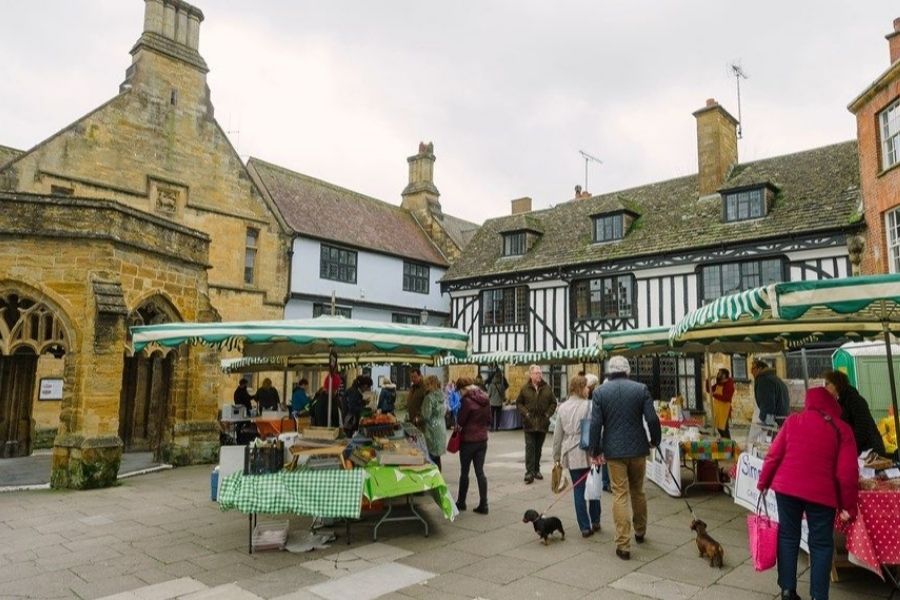
Market towns slow the pace a bit. They’re great for a relaxed stroll, a spot of window shopping, or just soaking up the village atmosphere.
Road Trip and Staycation Tips
Driving around Dorset gave me the freedom to hop between coastal towns in a single day. Parking near main beaches in Weymouth or Swanage gets tricky during summer, so I made sure to arrive early or used park-and-ride spots when I could.
For a staycation, you’re spoiled for choice. I’ve stayed in seaside hotels, B&Bs in West Bay, glamping tents in Studland Bay, and even self-catering cottages in Swanage. Just a heads up—places fill up fast during peak times, especially close to the main sights.
Packing waterproofs and sturdy shoes turned out to be a lifesaver for those sudden coastal walks or unpredictable weather. Booking activities like surfing or boat tours ahead of time saved me from missing out, especially during the school holidays.
Planning Your Dorset Adventure
Planning ahead really made my trip to Dorset’s Jurassic Coast and Hardy Country go smoothly. Picking the right spot to stay, learning a few must-know tips, and figuring out my travel routes took away a lot of stress.
Where to Stay: Lodges and Accommodation
Along the coast, I noticed all sorts of places to stay. Cozy lodges, classic bed and breakfasts, and historic inns seemed to be everywhere. I once booked a lodge near Lyme Regis, which put fossil beaches and local pubs right on my doorstep.
Staying in a National Trust property added a bit of charm and helped support conservation, which felt good. Their website lists some pretty unique options if you want something special. If you’re road-tripping, booking ahead means you’ll get the best rooms in the best spots. Trust me, summer weekends get booked up fast, so it’s worth planning early.

Here’s a quick look at the options I found:
| Type | Example Locations | Notable Features |
|---|---|---|
| Bed and Breakfast | Swanage, Weymouth | Local breakfast, friendly hosts |
| Lodge | Lyme Regis, West Bay | Private space, nature views |
| National Trust | Hardy Country villages | Historic setting, unique decor |
| Hotel/Inn | Dorchester, Wareham | Full amenities, walks nearby |
Essential Tips for Travelers
The weather along the Jurassic Coast changes fast, so I always packed layers and a rain jacket. Good shoes are a must, especially if you’re walking the South West Coast Path or exploring Chesil Beach—it’s all pebbles and can get slippery.
Restaurants and tours fill up quickly in peak season. Making dining reservations and booking activities early saved me time and let me try out local favorites. For fossil hunting, bring your own small tools and bags, but if you forget, most seaside towns have shops for the basics.
Cash came in handy, especially in rural spots where some cafés and car parks didn’t take cards. I always looked out for local events, like village fairs—they added a bit of unexpected fun to the trip.
Navigation and Availability
Honestly, getting around the Jurassic Coast feels a lot easier if you have a car. Still, you’ll find that public transport links up most of the main towns pretty well.
I hopped on local buses between villages and always tried to snag a parking spot early—trust me, by mid-morning, the good ones vanish. National Trust spots in particular? Parking can be a nightmare unless you show up before 10 a.m.
A simple map or even just a GPS app saved me more than once on those winding country roads. Sometimes, the mobile signal just drops out, so I started jotting down addresses and directions on paper. It’s old school, but it works.
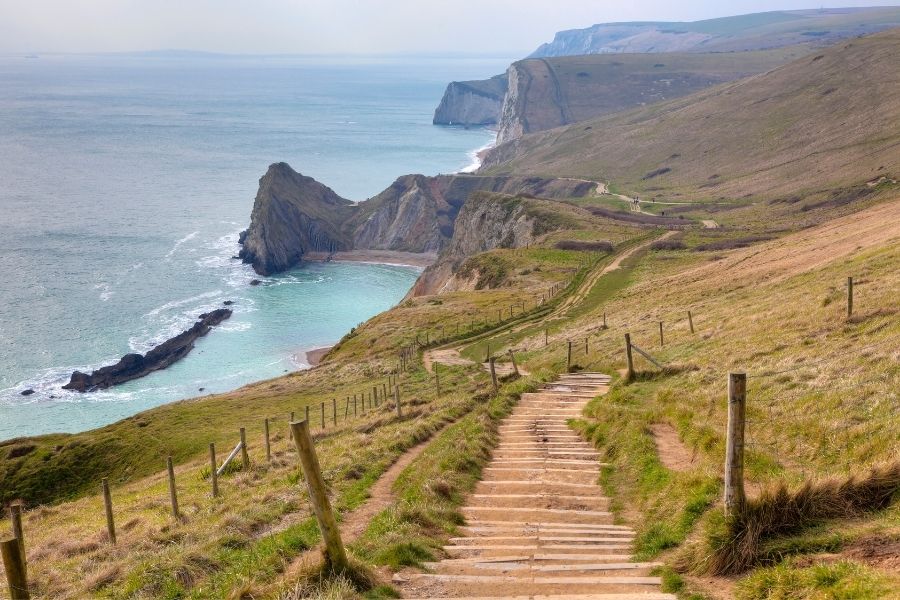
Before any road trip, I’d double-check which places had rooms or tickets left. That little bit of planning saved me from a lot of letdowns.
Places like Corfe Castle and Abbotsbury? They get packed, especially in summer. I got into the habit of checking opening hours and entry fees online before heading out.
It’s a bit of effort, but with a little prep, you can really squeeze the most out of a Dorset adventure.

